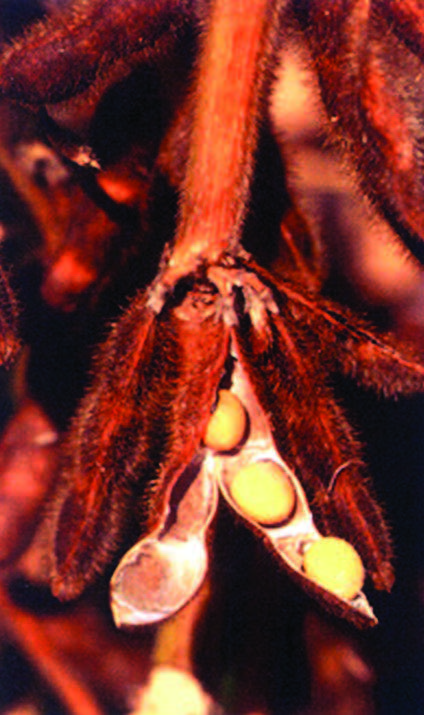Tech Briefs
Savannah River National Laboratory
Groundwater and Wastewater Remediation Using Agricultural Oils
Savannah River Nuclear Solutions scientists have developed a groundwater treatment technique that employs agricultural oils to stimulate endogenous microbes which accelerates the cleanup. The oils tested include canola oil, rapeseed oil, coconut oil, corn oil, cottonseed oil, olive oil, palm oil, palm kernel oil, peanut oil, safflower oil, soybean oil, sunflower oil, beef oil, cod-liver oil, tallow, candelilla oil, carnawba wax, beeswax and palm tree wax.
This invention uses the physical and chemical properties of floating, separate phase, liquid organic substrates and system geometry to produce a passive treatment system for contaminated waters. The system utilizes a long-term, slow release, electron donor/carbon source for microorganisms. The electron donor/carbon source is fairly constant and is not subject to deactivation, plugging and hydraulic failure. Additional advantages include the ability to easily replenish the source in high quantities and the source not being easily flushed out of the system. Precipitate can be removed from the system without the removal of the substrate.
At a glance
- System can be configured as either in situ or ex situ
- Technology can treat wastewater, seepage, surface water and groundwater
- Technology can remediate waters contaminated with sulfate, nitrate/nitrite, redox sensitive metals or chlorinated solvents
Treatable waters
This technology can be used to treat wastewater, seepage, surface water and/or groundwater contaminated with sulfate, nitrate/nitrite, perchlorate, redox sensitive metals or chlorinated solvents.
Sulfate-laden waters are produced by the government (primarily DOD and DOE), the mining industry (particularly coal and iron ore), the power generation industry (coal fired plants) and some chemical companies.
Nitrate/nitrite contaminated waters are produced by the fertilizer industry, farming and some chemical companies.

Current technology
Sulfate-laden waters, such as acid mine drainage are often treated using permeable reactive barriers. Use of our technology will offer the advantage of not using a solid organic substrate. The use of a liquid substrate will preclude metals precipitation and microbial fouling which can result in media deactivation, plugging, and hydraulic failure. A solid substrate that has been consumed, deactivated, or plugged must be removed and replaced. This replacement can be as costly as the initial installation.
Better options
There is a recognized need for better treatment options. Most methods involve pumping water to the surface for treatment; and in situ remediation should be recognized as a substantial cost savings. This technology can be used in situ. Advantages offered by in situ treatment include 1) energy resources are not consumed in the process, 2) no waste product is produced (organics are transformed into non-toxic end products), 3) no above ground structure is required, 4) length of time required for remediation is reduced by enhancing natural flow rates.
Partnering opportunities
SRNL invites interested companies with proven capabilities in this area of expertise to enter into a licensing agreement with SRNL to market this nuclear material detection system. Interested companies will be requested to submit a business plan setting forth company qualifications, strategies, activities, and milestones for commercializing this invention.
Qualifications should include past experience at bringing similar products to market, reasonable schedule for product launch, sufficient manufacturing capacity, established distribution networks, and evidence of sufficient financial resources for product development and launch.
Download Tech Brief
Contact Information
Savannah River National Laboratory
E-mail: partnerships@srnl.doe.gov